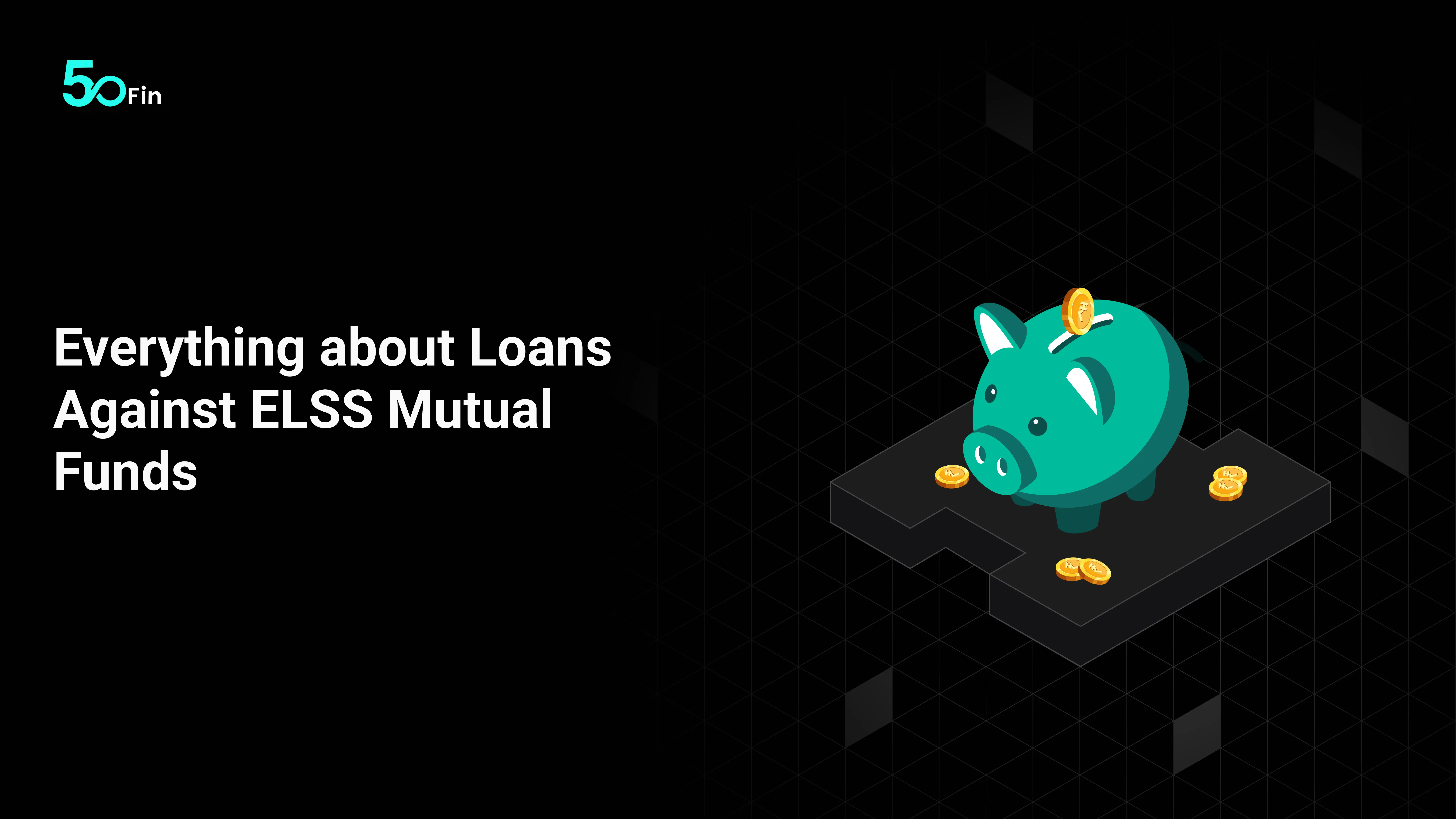In India, where financial needs can be diverse and access to traditional credit limited, government-backed loan programs offer a beacon of hope and support. These schemes, designed to empower various segments of society, come with attractive features like subsidized interest rates, longer repayment terms, and relaxed eligibility criteria. But with a plethora of programs available, navigating the options can be overwhelming. Let’s demystify some of the most prominent government-backed loan programs in India:
Introduction
In India, where financial needs can be diverse and access to traditional credit limited, government-backed loan programs offer a beacon of hope and support. These schemes, designed to empower various segments of society, come with attractive features like subsidized interest rates, longer repayment terms, and relaxed eligibility criteria. But with a plethora of programs available, navigating the options can be overwhelming. Let’s demystify some of the most prominent government-backed loan programs in India:
Government-backed loans for Education
Pradhan Mantri Vidya Lakshmi Karyakram (PMVLK): This scheme provides interest subsidies on educational loans from banks and financial institutions, making higher education more accessible for students from economically weaker sections.
National Scholarship Portal (NSP): A one-stop platform for various scholarships offered by the central and state governments for students pursuing different levels of education.
Government-backed loans for Agriculture
Kisan Credit Card (KCC): This scheme provides farmers with a pre-approved credit limit for agricultural inputs, working capital, and allied activities, with concessional interest rates.
NABARD Schemes: The National Bank for Agriculture and Rural Development (NABARD) offers various loan programs for farmers, including loans for dairy, poultry, fisheries, and horticulture, often with subsidized interest rates and flexible repayment options.
Government-backed loans for MSMEs
Pradhan Mantri MUDRA Yojana (PMMY): This scheme offers collateral-free loans up to ₹10 lakh to micro and small enterprises, categorized into Shishu (up to ₹50,000), Kishore (₹50,000 – ₹5 lakh), and Tarun (₹5 lakh – ₹10 lakh) based on loan amount.
Credit Guarantee Fund Trust for Micro and Small Enterprises (CGTMSE): This scheme provides partial credit guarantee to banks, encouraging them to lend to MSMEs without demanding collateral.
Government-backed loans for Housing
Pradhan Mantri Awas Yojana (PMAY): This scheme offers subsidies on home loans to various beneficiary groups, including economically weaker sections (EWS), low-income groups (LIG), middle-income groups (MIG), and slum dwellers.
National Housing Bank (NHB) Schemes: The NHB offers refinancing facilities to banks and housing finance companies, making housing loans more affordable for different segments.
Other Notable Programs
Stand Up India: This scheme facilitates loans up to ₹1 crore to Scheduled Castes (SCs), Scheduled Tribes (STs), and women entrepreneurs.
Startup India: This initiative offers various programs, including credit guarantee schemes and tax benefits, to support startups and boost innovation.
Remember: Eligibility criteria, interest rates, and application processes vary for each program. It’s crucial to visit the official websites of the respective implementing agencies or consult a financial advisor for detailed information before applying.
With careful research and informed choices, government-backed loan programs can unlock opportunities and fuel your dreams. So, explore the options, understand the intricacies, and embark on your journey towards financial empowerment!
Disclaimer: This blog is for informational purposes only and does not constitute financial advice. Please consult a qualified financial advisor before making any financial decisions.




